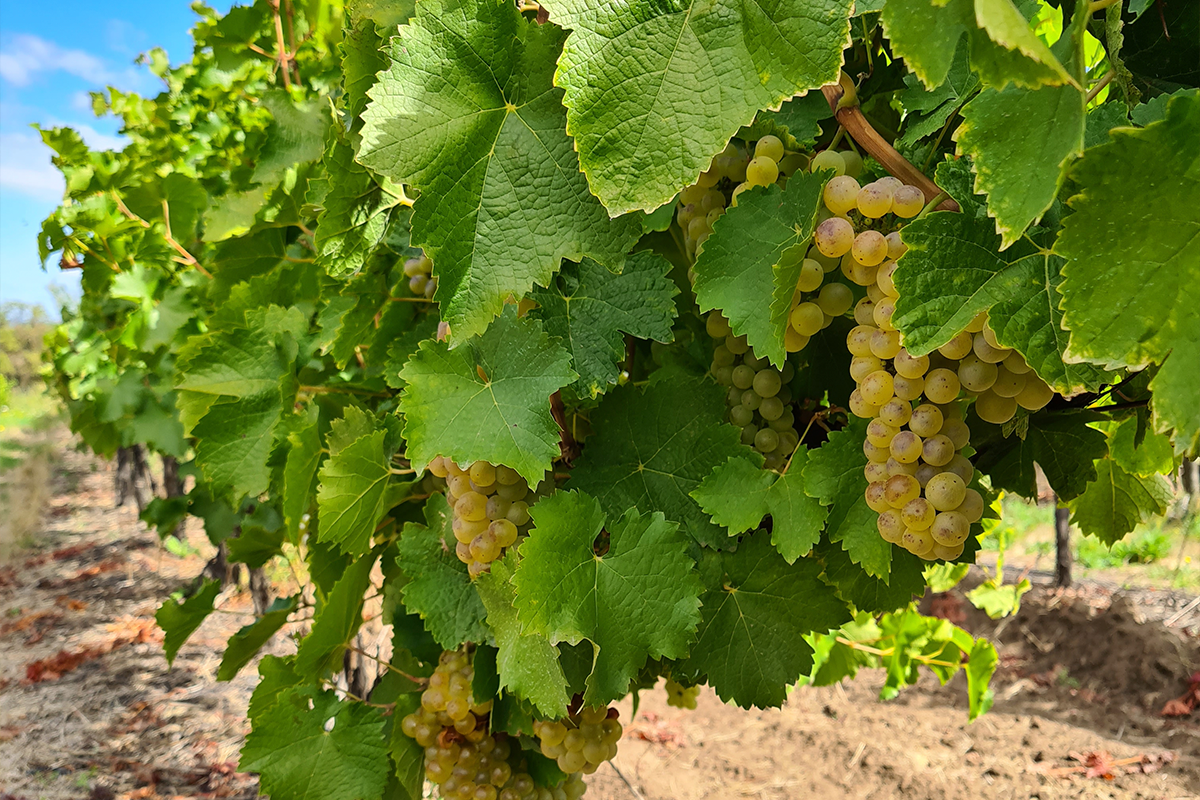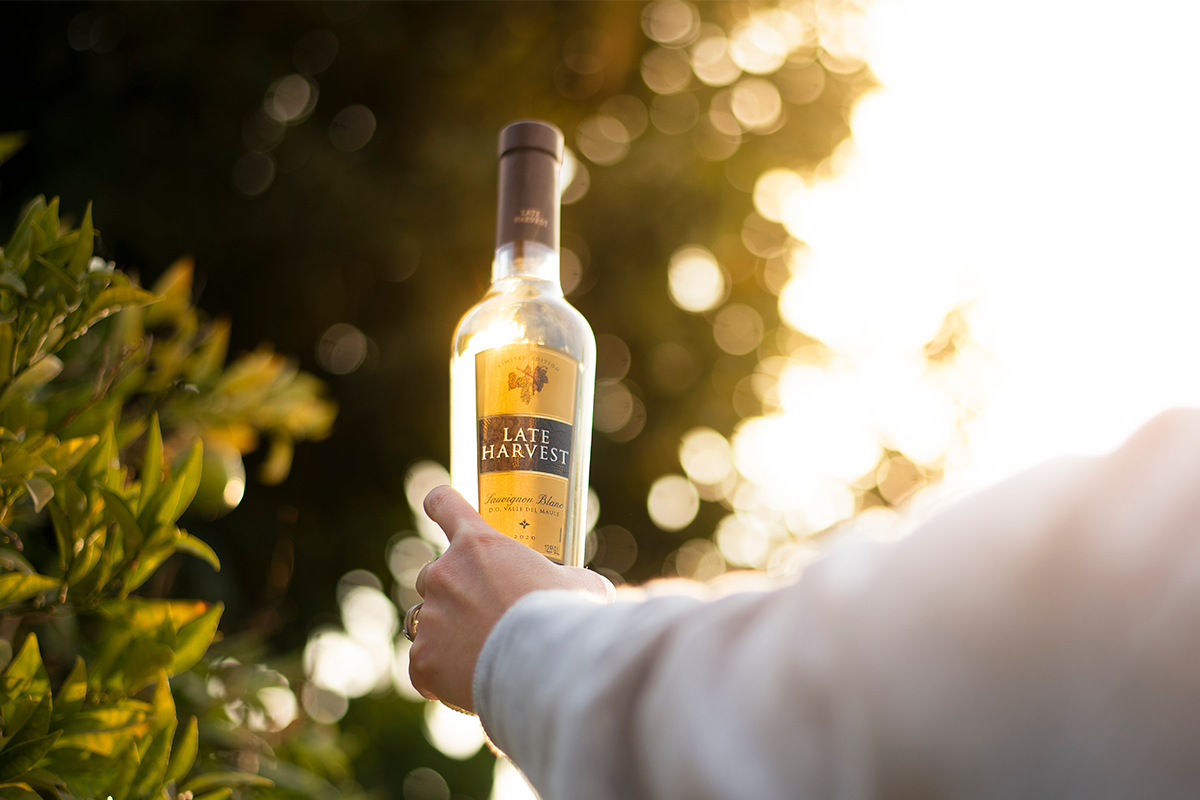Most of the Sauvignon Blancs available on the market are characterized by being crispy wines, that is, with high acidity and dryness. However, this does not mean that there are no sweeter versions. In fact, depending on the terroir, the time of its harvest and the type of vinification, Sauvignon Blanc can offer a wide range of sweetness.
Coming from the Bordeaux area of France, this popular wine grape has aromas and flavours that depend directly on its place of origin. These can range from mineral to herbal notes, to citrus and tropical fruit, while the vintage also plays its part. If the grapes are harvested earlier or in cooler climates, their characteristic herbaceous note (given by the pyrazines) will be more evident, while if they are harvested later or grown in warmer climates, the pyrazines will be overshadowed by the ripe fruity flavours. And then, what the winemaker does in the cellar will also affect the final result. If during fermentation the yeasts transform all the sugar in the wine into alcohol, the Sauvignon Blanc will be a dry wine. But if during fermentation the winemaker decides to leave a little residual sugar, generally to counteract a very high acidity, the wine will be slightly sweet.

This time we will not talk about intermediate ranges, but about the sweeter side of Sauvignon Blanc. The one that is achieved thanks to the late harvest of the grapes.
The late harvest
Sweet wines made under the late harvest method are made from overripe grapes that have a high sugar content since they have been left hanging on the vine for a much longer time. Generally, this period can be between one or two and a half months after the usual harvest, when Botrytis has also entered the vine. This is a fungus that kills yeast, intensifying sugar levels and turning grapes into raisins with complex flavours, a process also known as Noble Rot. “After noble rot, Sauvignon Blanc has a distinct fruit expression. It is a riper fruit than a traditional Sauvignon, with the absence of the herbaceous or citrus notes that it normally has, with a lot of honey, a note of papaya and more Mediterranean fruits”, explains Héctor Urzúa, the winemaker behind Concha y Toro Late Harvest and Concha y Toro Late Harvest Rosé. Both made mainly from Sauvignon Blanc, are two wines with very different styles.
Concha y Toro Late Harvest 2017 also has a small percentage of Gewurztraminer and Riesling “which gives this very nice golden yellow colour to the blend and which ages in a very noble way with very complex notes,” adds Urzúa.

While Concha y Toro Late Harvest Rosé has some Riesling and very little Syrah. “For the Late Harvest Rosé we try to choose the freshest parcels of Sauvignon Blanc to make a wine that has a little less natural sugar in its grapes and in its wines. The pink note is given by a few batches of Syrah. We are going for a slightly fresher style than the traditional Late Harvest”, says Urzúa.

The grapes, most of which come from the Maule Valley, are harvested by hand and grow in a privileged area of Pencahue. “It is a privileged area for wines with noble rot because, as it is a hot area, the grapes accumulate a lot of sugar but with the morning mist the noble rot enters slowly, without being contaminated by other fungi and allowing this complexity in the grape”, indicates the winemaker.
Thanks to the complexity provided by the noble rot and the assembly of these varieties, both Late Harvests do not have oak aging as they prioritize fruit expression. “We are not looking for complexity through oak, but through the mixture of grape varieties. It is a purer style trying to find a more noble expression of what this area is and the characteristic that these slightly botrytised grapes have”, concludes Urzúa.
When it comes to food pairing, it is very important that the wine is sweeter than the food. Both wines are ideal to accompany desserts (or why not, also replace them), mature cheeses or fruits with cream.

Don’t forget to serve them cold.



